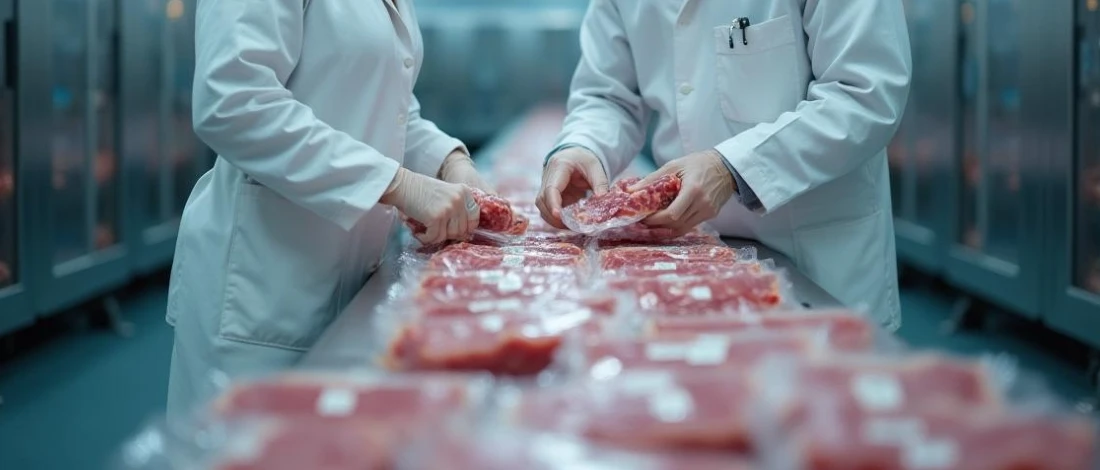OSHA Memo Signals Increased Focus on Safety in Meat Processing Industry
On October 15, 2024, the Occupational Safety and Health Administration (OSHA) unveiled a significant expansion of its oversight for the meat processing and animal slaughtering sectors.
This initiative builds on an October 2015 memo targeting the same industries but deepens OSHA’s focus on health and safety.
The new directive applies to facilities classified under the North American Industry Classification System (NAICS) Code 3116 and includes more specific codes (311611, 311612, 311613, and 311615), indicating the memo’s application to a broad range of establishments within the meat processing sector.
The directive prioritizes a comprehensive list of potential hazards, aiming to ensure that compliance officers conduct in-depth and, likely, prolonged inspections at covered facilities.
The targeted issues include sanitation, ergonomics, machine guarding, and proper use of personal protective equipment (PPE), along with controls for hazardous energy such as lockout/tagout practices.
Inspectors are encouraged to evaluate additional risks not explicitly listed, including “inadequate toilet and sanitary facilities, handling of live or ill animals, cuts and lacerations, exposure to animal waste, and contamination from dirty or dusty surfaces.”
This broad approach aligns with OSHA’s longstanding commitment to address a variety of safety risks in the industry.
In a departure from past guidelines, OSHA will conduct inspections during off-shift hours to review second and third shifts, which are often the times when sanitation services and third-party contractors work.
Temporary and young workers, as well as those handling hazardous or newly assigned tasks, will be of particular focus. Inspectors are tasked with observing work conditions and interviewing employees in these groups, ensuring training efficacy and accessibility to PPE.
OSHA emphasizes that interviews should be conducted in the worker’s native language whenever possible to overcome language barriers.
Reflecting OSHA’s coordination with other federal agencies, the memo calls for referrals to the U.S. Department of Agriculture’s Food Safety Inspection Service (FSIS) and the Department of Labor’s Wage and Hour Division.
These referrals will address additional issues such as child labor law violations, wage discrepancies, and food safety concerns that may emerge during inspections.
This approach reinforces OSHA’s commitment to cross-agency collaboration to ensure comprehensive protections across the industry.
OSHA also instructs compliance officers to include employee representatives during inspections, following the agency’s updated guidelines on inspections published earlier this year.
This inclusion reflects OSHA’s intent to engage worker advocates directly to ensure that the most vulnerable employees have a voice in the inspection process.
In essence, OSHA’s new directive underscores its dedication to implementing a safety-first approach in the meat processing industry, supporting not only regulatory compliance but also fostering an environment where worker safety and health are prioritized across all shifts and employment types.
If you’re interested in how new safety regulations impact the meat industry, visit our homepage for insights on industry standards and practices.






